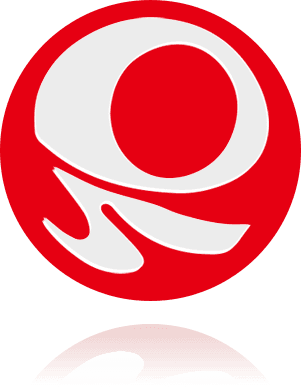How to perform a Pull&Insert bar section safety inspection?
1. Preparation before inspection
Before conducting a safety inspection, you first need to ensure that all necessary tools (such as screwdrivers, wrenches, lubricants, etc.) are ready and placed in an easily accessible location. At the same time, ensure that the surrounding environment is clean and free of clutter to avoid accidents during the inspection. In addition, turn off the power of the fitness equipment or ensure that no one is using the relevant equipment to ensure the safety of the inspection process.
2. Appearance inspection
Check the surface: First, use a clean soft cloth to gently wipe the surface of the Pull&Insert Bar Section to remove dust and dirt. Then, carefully observe whether there are scratches, dents, cracks or corrosion on the surface. These signs may indicate that the component has been damaged or is about to fail.
Check the connection: Focus on the connection between the Pull&Insert Bar Section and other components, such as the insertion interface, screw holes, etc. Make sure that the connection is tight and not loose, and there is no wear or deformation caused by long-term use.
3. Functional inspection
Insert and unplug test: Gently insert and unplug the Pull&Insert Bar Section into the relevant interface to check whether it is smooth and unobstructed. Listen for any abnormal sounds or feel obvious resistance. These phenomena may indicate that the interface is worn or blocked by foreign objects.
Load-bearing test (performed under safe conditions): If conditions permit, a simple load-bearing test can be performed under the guidance of a professional. Check whether the load-bearing capacity of the Pull&Insert Bar Section meets the standard by gradually increasing the weight. But please note that this step should be performed under the premise of ensuring safety to avoid accidents.
4. Fastener inspection
Screws and nuts: Use a screwdriver or wrench to check whether all screws and nuts on the Pull&Insert Bar Section are tightened. Loose screws and nuts may cause components to fall off or fail, resulting in safety accidents.
Springs and buckles: If the Pull&Insert Bar Section is designed with fastening devices such as springs or buckles, check whether they are intact and functioning properly. Make sure that these devices can firmly fix the components when needed.
5. Lubrication and Cleaning
Lubrication and Maintenance: For parts that need lubrication (such as sliding interfaces, rotating shafts, etc.), an appropriate amount of lubricant should be applied regularly to reduce friction and wear. But be careful not to apply too much to avoid overflow and contamination of other parts.
Deep Cleaning: When necessary, you can use a mild detergent and a soft cloth to deep clean the Pull&Insert Bar Section. But make sure that the detergent does not damage the material or coating of the parts.
6. Recording and Feedback
After completing the safety inspection, the inspection results should be recorded in detail and fed back to the relevant personnel in a timely manner. For the problems and hidden dangers found, measures should be taken immediately to deal with or repair them. At the same time, the inspection results will be used as one of the bases for future maintenance and care, so as to better understand the use of the Pull&Insert Bar Section.
The safety inspection of the Pull&Insert Bar Section is a meticulous and important task. By regularly performing appearance inspections, functional inspections, fastener inspections, and lubrication and cleaning steps, you can ensure that the Pull&Insert Bar Section is always in the best condition and reduce the occurrence of safety accidents.











